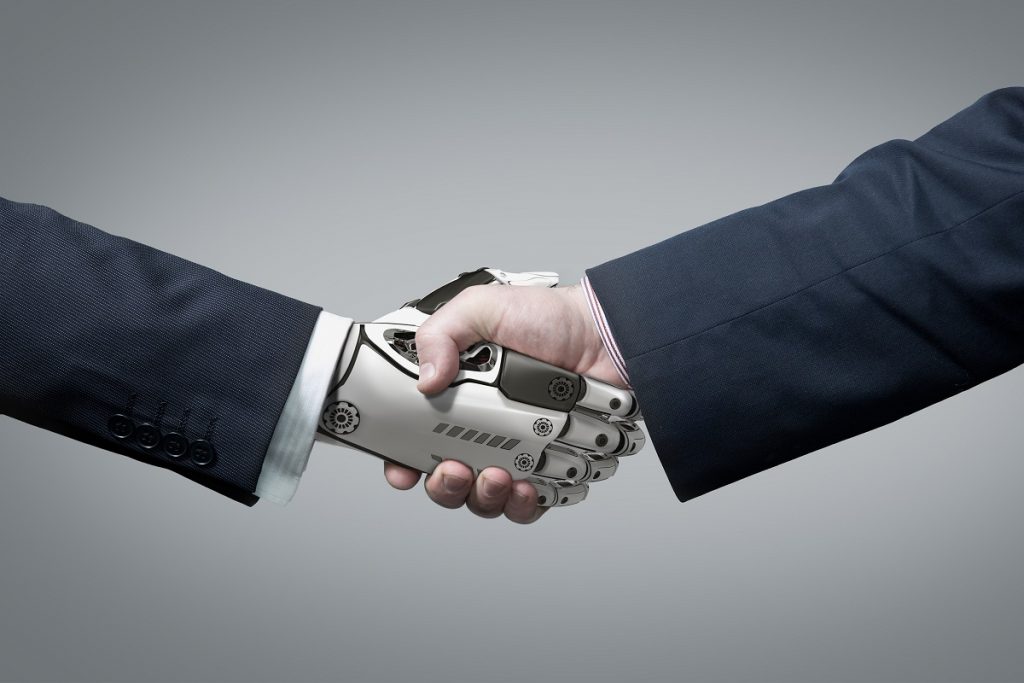Accessibility to technology has improved over the years. These days, voice-activated commands and artificial intelligence have made technology accessible to anyone. In other words, the developments these days have improved accessible technology to the degree that more people with disabilities can now use the technology without any issues.
Here are some developments in technology that have made it inclusive regardless of the physical disabilities a person has.
Voice-Activated Technology
The entry of voice assistants or smart speakers in the market benefitted people with disabilities as it allowed them to do things they found challenging to do in the past. Industry watchers say this further developed following the improvements in speech recognition technology.
For instance, speech recognition allows people with severe dyslexia to put into writing ideas or concepts they normally have difficulty doing. All the need to do is express the ideas verbally, and the smart device or computer will ensure the ideas or concepts are put into paper, so to say.
Even as the disabled community welcomed these smart devices in the market, people with speech disabilities may find it challenging to use the devices. But the manufacturers of these devices are continuously working on making the use of their products more inclusive.
Screen Readers
Screen readers are software applications that convert text into speech. These applications use a computerized voice as it scans and reads what is on the screen to the user. Aside from speech, some screen readers also convert the text into braille.
The software is typically integrated into the operating system of a computer. Some of the more popular screen readers people use are NVDA, JAWS, VoiceOver, and Narrator. These screen readers are ideal for text on documents saved on the computer. Users can also go through the text on websites with these screen readers.
While screen readers can scan the text on the website to visually impaired users, issues may emerge if the website contains dynamic content. Dynamic content means the content changes even if the page does not reload. The screen reader typically reads content when it initially loads. But when it changes without reloading, the reader may not read the new content anymore.
But this is remedied through proper web design that incorporates ARIA landmarks to define the page. It can tag the dynamic content as the webpage’s live region that tells the screen reader to scan the content while it changes. ARIA also allows the users to skip until it reaches a content they want to go through. This allows the users to go straight to the content they left off during their last visit to the website.
Keyboard Accessibility

People who experience tremors and have motor disabilities rely mainly on the keyboard to access and navigate websites on the computer. In these instances, it is important to enhance keyboard accessibility to access the internet easily. These users can use traditional keyboards or modified keyboards that mimic the features of keyboards.
Users can also use a keyguard if they find it challenging to accurately hit the keys of a keyboard. The keyguard can slide on a keyboard. It prevents users from hitting several keys at the same time. Users can also rest their hands on the keyguard without activating any of the keys. The users can also look for a keyboard with big keys, so they can easily see the keys and avoid hitting the wrong one while using the computer.
Machine Learning and Artificial Intelligence
Machine learning and artificial intelligence (AI) have made waves in different industries around the world. Industry watchers are waiting for the latest utilization of these technologies since they offer huge benefits.
These technologies can evaluate accessible technology and show any gaps in the technology that needs to be addressed. It also shows how technology can improve. Since AI can check huge volumes of information, it can use the information to deal with some issues. AI can work with machine learning to deal with these issues and prevent them from happening again.
Enhanced Braille Tools
In the past, braille communicates using one horizontal line to people with impaired vision. This limits the amount of information communicated to a visually impaired person at a given time. But the Canute, a multi-line braille machine, can show up to nine lines with 40 characters on each line. This also allows blind readers to “read” mathematical information, which is normally arranged in a tabular or multi-level format.
The advances in technology have benefitted the general population and disabled people who struggle to use devices that ordinary people normally take for granted.
